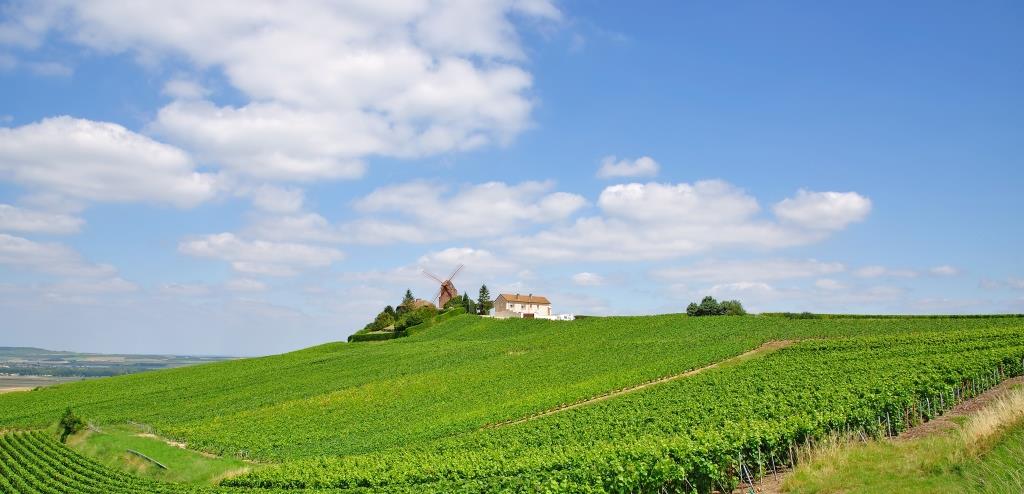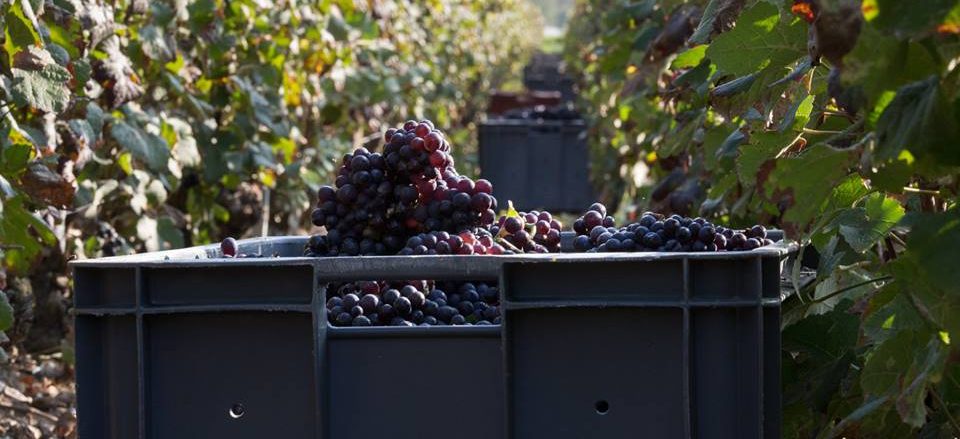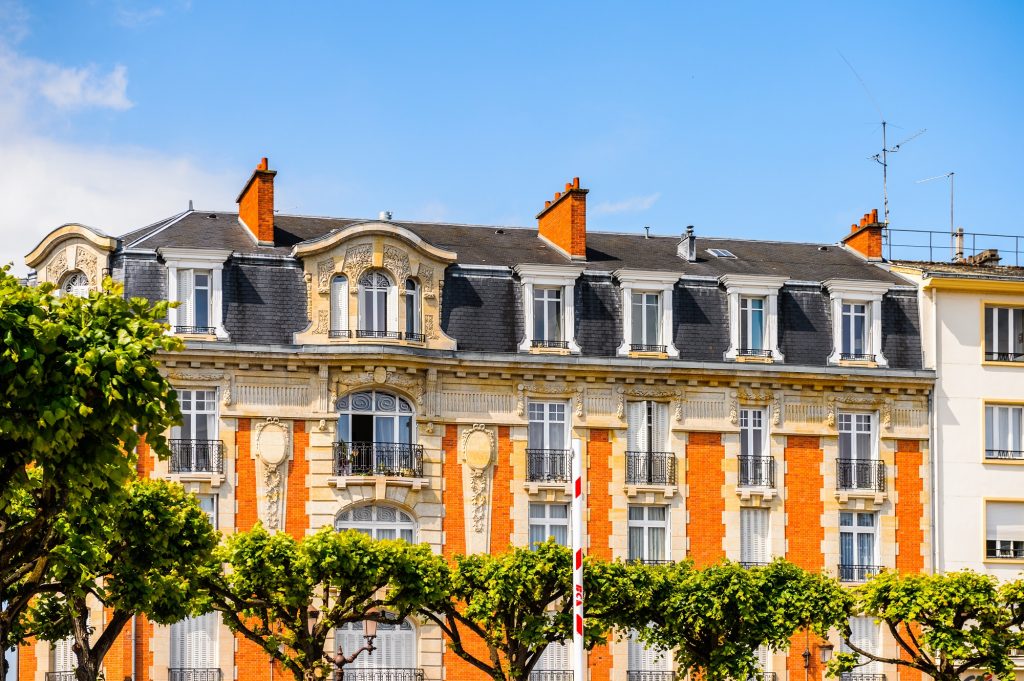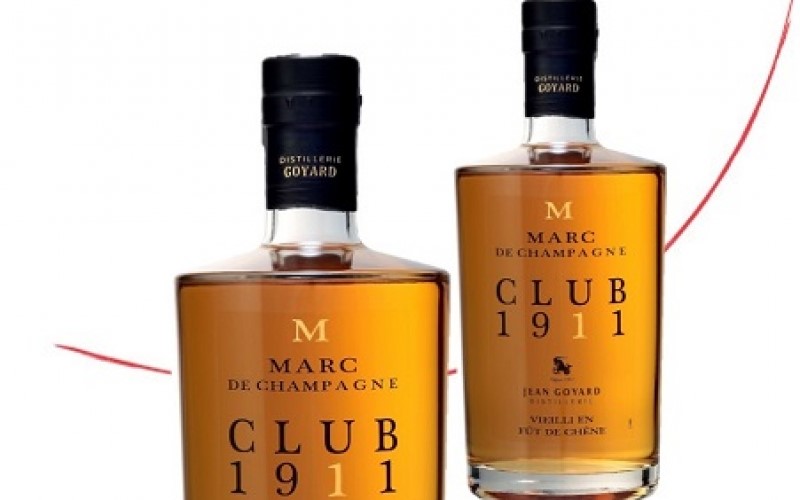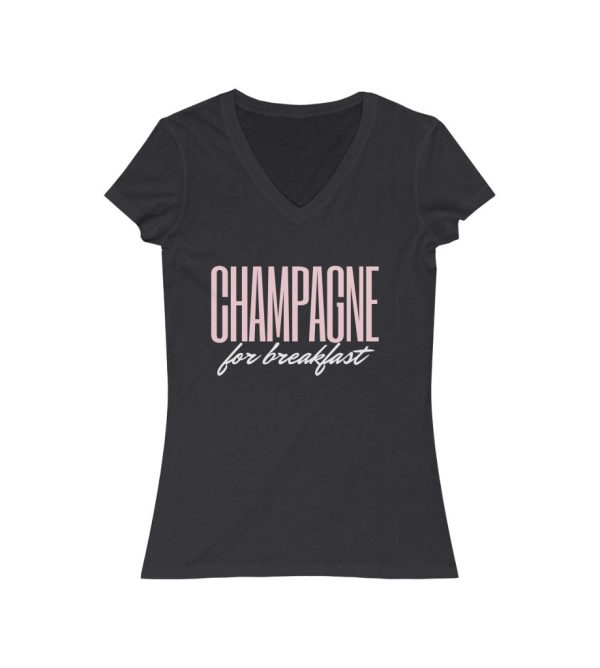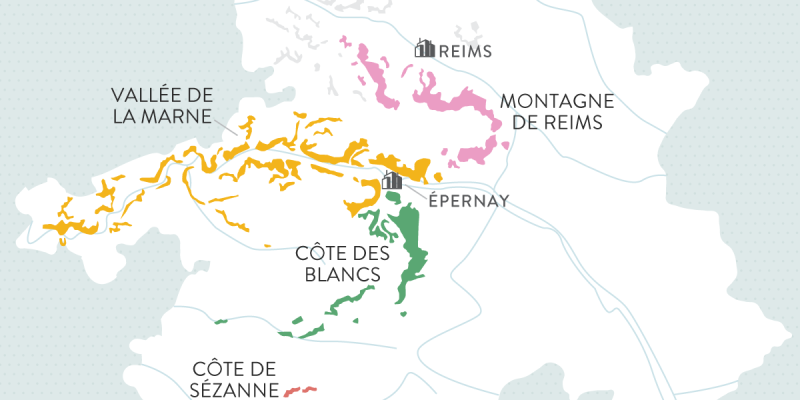
Regions Within Champagne
- Marnie Nichols
- May 19, 2021
- Champagne School
Within the Champagne region, there are actually five main sub-regions which are responsible for bringing both diversity and consistency to champagne.
Champagne is beautiful because it is a blended wine…. and each sub-region or district is renowned for producing a specific type of grape and often a unique character to that grape variety influenced by the specific location, soil, sub-climate, or vineyard aspect.
Montagne de Reims
The Montagne de Reims (montagne is french for mountains) is directly north of Epernary and produces mostly pinots (red grapes), predominantly pinot noir (38% of plantings) but also some meunier.
The “Montagne” itself is actually more of a gentle hill than a mountain…. it only reaches a maximum of 283 metres but the region is home to more grands crus than any other district in Champagne with a total of NINE grand cru villages found in The Montagne de Reim (out of the whole Champagne regions’s 17).
The reputation of the grand cru villages of Mailly, Verzenay, Verzy, Ambonnay and Bouzy is based on the Pinot Noir grown on the slopes that surround them, specifically north-facing slopes in Mailly, Verzenay, and Verzy.
While Pinot dominates in the district there are some very important areas of Chardonnay vineyards, accounting for 28% of the grapes in the Montagne de Reims. The chardonnay grapes are found mostly in the eastern facing villages, particularly the premier cru villages of Villers Marmery and Trépail.
The Vallée de la Marne
The Vallée de la Marne is found to the south of Epernay and is renowned for its abundance of meunier grapes. The grapes are largely grown on south-facing slopes which helps to ripen the grapes and bring a full aroma to the wines. Pinot Meunier grapes are more robust and resistant to cold weather than pinot noir and chardonnay making them well suited to the valley which is very prone to frost. The grand cru villages best known for their meunier grapes are the ones closest to Epernay… Ay, Dizy, Hautvilliers, Cumieres, and Mareuil-sur-Ay.
The Côte des Blancs
The Côte des Blancs, south of Epernay, is chardonnay country. Chardonnay grapes bring freshness to champagnes, and each village in the Cote des Blancs produces grapes and wines with their own characteristics. The soil in this district is rich in minerals from its chalky Belemnite sub-soil, and the vines mostly face east.
Grapes from the four grand cru villages at the heart of the the Côte des blancs – Cramant, Avize, Oger and Le Mesnil-sur-Oger – are highly sought after and come with the highest price per kilo of any grapes in the Champagne region.
Côte de Sézanne
Côte de Sézanne produces chardonnay grapes and is an extension of the Côte des Blancs…. the marshes of Saint Gond divide the two districts. The sub-soil has some pockets of chalk but contains a lot of clay and silt which imparts an influence on the wines.
The vines here face the south-east which aids ripeness, but the region doesn’t have any grand cru or premier cru villages.
The Aube / Côte des Bar
The Aube / Côte des Bar was new to the Appellation at the start of the 20th century and accounts for nearly a quarter of the Champagne region. It is a Pinot Noir region mostly used to blend in non-vintage champagnes.
The Aube doesn’t contain any grand cru villages but is the only district in France to make wines under three different appellations – Champagne and two still wines, Rosé des Riceys and Coteaux Champenois.
Where the grapes are grown in the Champagne region changes the champagne
It is not just the variety of grapes chosen for a blend that make the champagne what it is, it is also the village within the Champagne region the grapes come from that produces the unique character in each wine as each is influenced by the sub-set of soil, climate and aspect of each vineyard. Palates far more refined than mine can pick the villages which feature in the blend but it is fascinating to learn and with practice…. you never know!
In this post, we talk about grand cru and premier cru villages… you can learn more about the Échelle des Crus or Ladder of Quality here.
Champagne Villages And The Cru System
What Grapes Are Used To Make Champagne?
Does Size Matter? A Guide To Champagne Bottle Sizes (Just To Be Clear!)
After The Harvest… The Process For Champagne Pressing
The Three Main Types Of Champagne Producers
Champagne Spirits – Marc De Champagne, Fine De La Marne, And Chardonnay Vodka
Ratafia De Champagne
Rosé Des Riceys… A Still Rosé Wine They Make In Champagne
Coteaux Champenois… Still Wines Made In Champagne
The Oeil De Perdrix… A Special Kind Of Rosé Champagne
Bubble & Flute promotes the responsible consumption of alcohol for individuals of legal drinking age in their country.
